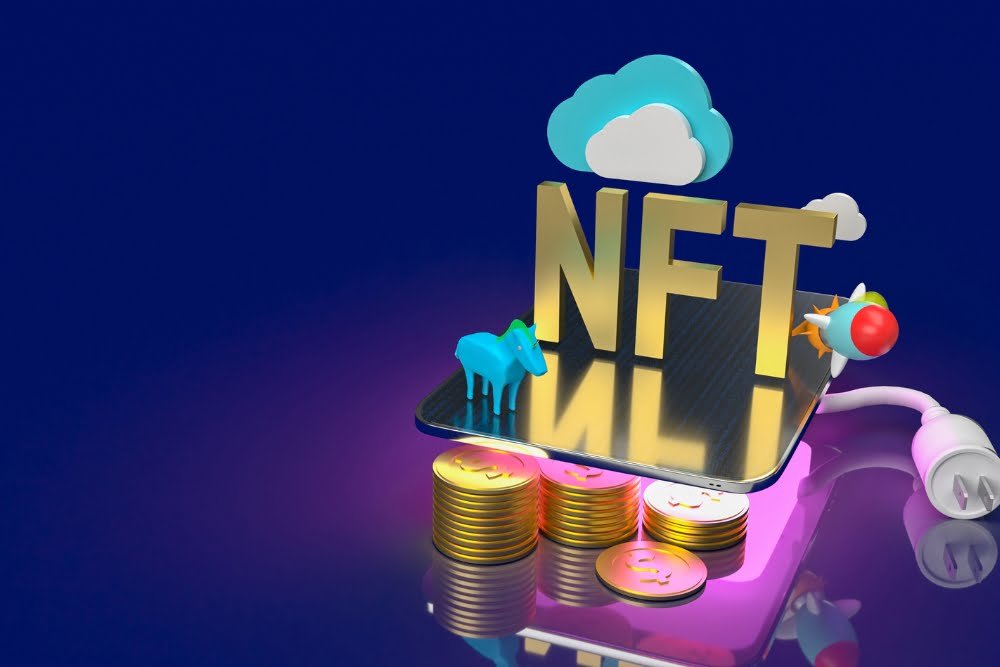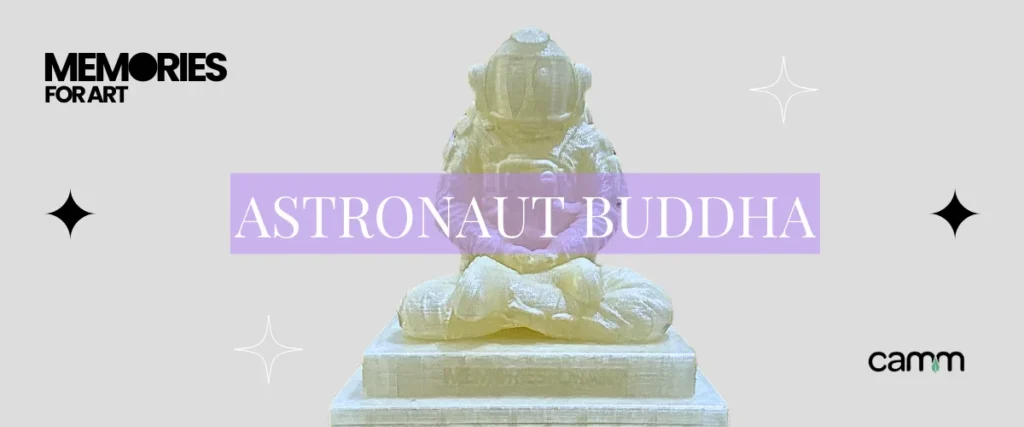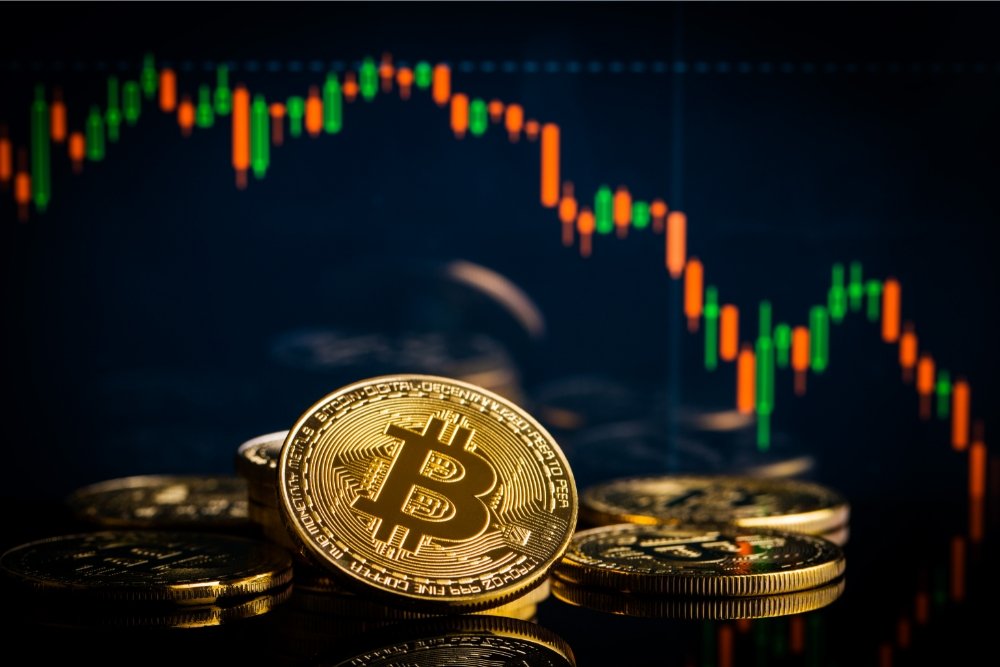In recent years, the world has witnessed a revolutionary development in digital ownership with the emergence of Non-Fungible Tokens (NFTs). NFTs have gained significant popularity and have quickly become a hot topic of discussion among artists, collectors, and investors alike. This article aims to delve into the world of NFTs, shedding light on their concept, significance, and potential impact on the digital economy. Join us on this exploration as we unlock the mysteries behind NFTs and unveil their true potential.
What Does NFT Stand For?
NFT stands for non-fungible token.
What Is An NFT?
An NFT, or non-fungible token, is a digital asset representing ownership or proof of authenticity of a solitary item or piece of content, such as artwork, music, videos, or virtual real estate. Unlike fungible and exchangeable cryptocurrencies like Bitcoin or Ethereum, NFTs are unique and cannot be traded on a like-for-like basis.
This uniqueness is achieved through blockchain technology, which creates a digital ledger that records the ownership and transaction history of each NFT. This technology ensures that each NFT is authentic and cannot be duplicated or tampered with.
Examples of NFTs
These unique digital assets have various applications and can take multiple forms. Here are a few examples of NFTs:
- Digital Art
- Collectibles
- Virtual Real Estate
- Music and Videos
- Virtual Fashion
Who Invented NFT?
The concept of NFTs has been around for a few years, but it was popularized and gained mainstream attention in 2021. The invention of NFTs is attributed to a computer scientist named Kevin McCoy and an artist named Anil Dash.
In 2014, they created the first NFT, a digital artwork called “Quantum.” This artwork was unique and could not be replicated or replaced, thanks to the blockchain technology that underlies NFTs. Since then, the use and popularity of NFTs have grown exponentially.
How Do NFTs Work?
To validate ownership and credibility, NFTs employ smart contracts on the blockchain. When an NFT is formed, a unique identification is assigned to it and it is stored on the blockchain. This record includes information about the creator of the NFT, the content or item it represents, and any associated metadata or rights.
One of the critical features of NFTs is that they can be purchased, exchanged, and shared on various online marketplaces. When someone purchases an NFT, token ownership is transferred to their digital wallet, providing them with proof of ownership. This ownership can then be verified on the blockchain.
How Does an NFT Make Money?
While many people are familiar with cryptocurrencies like Bitcoin, NFTs are different in that they represent ownership of a specific item or piece of content, such as artwork, music, videos, or virtual real estate. So, how does an NFT make money?
An NFT can make money through the initial sale or auction of the token. Artists and creators can mint their work as an NFT and sell it to collectors or fans. This initial sale can generate significant income, especially if the NFT gains attention or becomes highly sought after.
Additionally, artists and creators can earn money from the resale of their NFTs on secondary marketplaces. Unlike traditional artwork or collectibles, NFTs allow creators to earn royalties whenever their token is resold. It means that if an artist sells an NFT for $100 and is later resold for $1,000, the artist could receive a percentage of that resale price as income.
NFTs can also be monetized through licensing and partnerships. For example, an NFT artwork could be used in a virtual reality experience or as a character in a video game. These licensing deals can provide creators additional revenue streams and opportunities to reach new audiences.
NFT Where to Buy?
If you’re interested in buying NFTs, there are several platforms where you can find and purchase them. One popular platform is OpenSea, one of the largest NFT marketplaces. OpenSea offers various digital assets, including artwork, collectibles, and virtual real estate.
Another well-known platform is Rarible, which allows users to create, buy, and sell NFTs. Rarible has its native token that users can earn and use for governance within the platform. Other platforms include SuperRare, KnownOrigin, and NBA Top Shot, which focuses on NFTs related to basketball highlights.
How Do I Create an NFT and Sell it?
Creating and selling an NFT (Non-Fungible Token) can be an exciting way to explore the world of digital art and potentially earn income. Here are the steps to get started:
Choose your artwork
Decide on the digital artwork or content that you want to turn into an NFT. It can include anything from digital illustrations to music, videos, or even virtual real estate.
Set up a digital wallet
You require a digital wallet that is compatible with the blockchain platform you intend to utilize for your NFT. Popular venues include Ethereum and Binance Smart Chain. Create an account and securely store your wallet credentials.
Mint your NFT
Use a marketplace or platform that supports NFT creation and minting. Platforms like OpenSea, Rarible, or Mintable allow you to upload your digital file, add relevant information such as title, description, and royalties, and mint it as an NFT. This process will generate a unique token representing your artwork on the blockchain.
Set your price and listing details.
Determine the price at which you want to sell your NFT. Consider factors like market demand, rarity, and your artwork valuation. You can also sell it through an auction or set a fixed price. Set any additional details like the number of editions or unlockable content associated with your NFT.
List your NFT for sale
Once your NFT is minted, list it on the marketplace or platform where you created it. Include eye-catching visuals, a compelling description, and relevant tags to attract potential buyers. Some venues may require you to pay a gas fee (transaction fee) for listing and minting.
Promote your NFT
Utilize social media platforms, online communities, and other marketing channels to promote your NFT. Engage with potential buyers, share the story behind your artwork, and leverage the power of influencers and relevant communities to increase visibility.
Complete the sale
Once a buyer purchases your NFT, the transaction will be recorded on the blockchain. Ensure a secure and smooth transfer of ownership by following the platform’s instructions. Confirm that the funds have been deposited into your digital wallet before transferring the NFT.
Manage royalties and secondary sales
Many NFT platforms allow creators to earn royalties on subsequent sales of their NFTs. Set your desired royalty percentage when minting the NFT, and you may make a percentage of the sale price each time it is resold in the future.
What Is the Most Expensive NFT Ever Sold?
As of August 2021, the most expensive NFT ever sold was a digital artwork by Beeple titled “Everyday: The First 5000 Days.” It was sold at a Christie’s auction for $69.3 million. This groundbreaking sale made headlines and marked a significant milestone for the NFT market.
The artwork consists of a collage of 5,000 digital images created by Beeple over 13 years. The buyer, a cryptocurrency investor named Vignesh Sundaresan, also known as MetaKovan, stated that he sees the artwork as both a cultural and an investment asset.
Is an NFT a Good Investment?
When investing in NFTs, there are differing opinions on whether or not they are a good investment.
One argument favouring investing in NFTs is that they provide a unique opportunity to own and trade digital assets decentralized and transparently.NFTs also allow artists and creators to monetise their work without the use of intermediaries directly. Additionally, some see NFTs as a way to invest in emerging technology and participate in the growing digital economy.
However, there are also concerns and risks associated with investing in NFTs. One primary concern is the volatility and speculative nature of the market. Prices for NFTs can fluctuate dramatically, and there is a risk of losing money if the market crashes or if an NFT loses its value over time.
Ultimately, investing in NFTs should be based on careful research and consideration of personal financial goals and risk tolerance. Consulting with an economist or conducting thorough due diligence can help inform investment decisions related to NFTs.
What Type of NFT Marketplaces Are There?
Several types of NFT marketplaces are available for buying, selling, and trading non-fungible tokens (NFTs).
The most common type is the open marketplace, where anyone can list their NFTs for sale, and buyers can search and purchase them directly. Examples of open NFT marketplaces include OpenSea, Rarible, and Foundation.
There are also curated marketplaces with stricter guidelines for the NFTs that can be listed. Curators review and select the NFTs allowed on the platform to ensure quality and authenticity. Some popular curated NFT marketplaces include SuperRare, KnownOrigin, and Nifty Gateway.
In addition to open and curated marketplaces, niche-specific marketplaces cater to specific types of NFTs. For example, NBA Top Shot is a marketplace specifically for basketball-related NFTs, while CryptoKitties is a marketplace for collectible digital cats.
Conclusion
As we conclude our journey into the fascinating world of NFTs, it is abundantly clear that these digital assets have the potential to reshape the future of art, entertainment, and digital ownership as a whole. The ability to prove ownership, the transparency of blockchain technology, and the direct connection between creators and buyers have opened up a world of previously unimaginable possibilities. As NFTs evolve and reach new heights, we can only marvel at their transformative power and eagerly anticipate the next chapter in their extraordinary journey.






